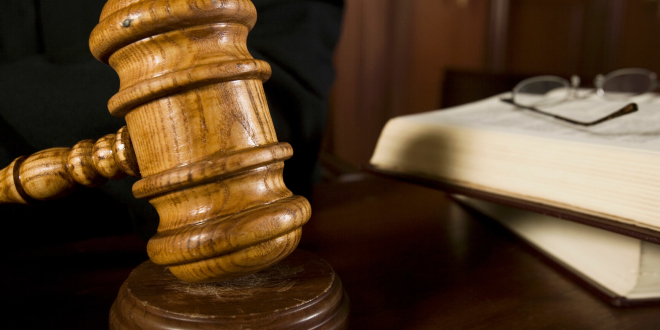The general rule is that standing to sue, which is rooted in the traditional understanding of a case or controversy, prevents usurpation of the powers of the political branches of government by the judiciary. It does this by the requirement that plaintiffs have a personal stake in every claim they make to invoke the court’s jurisdiction. Article III of the U.S. Constitution has been interpreted to require that a plaintiff who seeks compensation have suffered an injury in fact which is caused by some action or failure to act of the defendant, and that the plaintiff can be compensated for the injury by something which can be awarded by a court. If there is no standing, then a case should be dismissed.
The United States Supreme Court recently provided some guidance to lawyers and parties as to how to apply that rule to a case where a developer bought land to create a housing subdivision; he later sued the town in state court, claiming that it had obstructed his plan to develop the land. The Town removed the case to federal district court, which dismissed the developer’s claim. On appeal, the U.S. Second Circuit Court of Appeals reversed the district court, and the case was set for trial. While awaiting trial, a real estate development company tried to intervene in the case alleging that it had paid the developer and that it thus had an equitable interest in the property, and that the developer would not adequately represent its interests.
The district court denied the motion to intervene, holding that an equitable interest does not give the court standing over such a dispute. The U.S. Second Circuit Court of Appeals again reversed, holding that an intervenor of right is not required to meet Article III’s standing requirements.
In Town of Chester v. Laroe Estates, Inc., — U.S. —, 137 S. Ct. 1645, 1648, 2017 U.S. LEXIS 3555, at *5 (Jun. 5, 2017), the U.S. Supreme Court agreed with the trial court and disagreed with the court of appeals. It held that an intervenor must meet the requirements of Article III standing if the it pursues a claim not originally requested by the land developer. It noted that the rule where there are multiple plaintiffs is that at least one plaintiff must have standing to seek each form of relief requested in the complaint. It then extended that rule and made new law, holding that principle applies to intervening parties.
The rule from now on is that for any type of relief being sought in court there must be a litigant with standing; it does not matter whether that party is a plaintiff or an intervenor. This means that an intervenor must demonstrate Article III standing when it seeks relief beyond that originally requested by the plaintiff, even when both the plaintiff and the intervenor seek separate money judgments in their own names (198 L. Ed. 2d at 70). The U.S. Supreme Court did not decide whether the real estate development company was seeking different relief from that sought by the developer himself, leaving that for the court of appeals and the district court. An experienced attorney such as the Attorney Cincinatti OH locals trust is advised in scenarios similar to this.
 Thanks to author Paul Croushore JD, LLM for his insight into the Supreme Court and Litigation.
Thanks to author Paul Croushore JD, LLM for his insight into the Supreme Court and Litigation.
